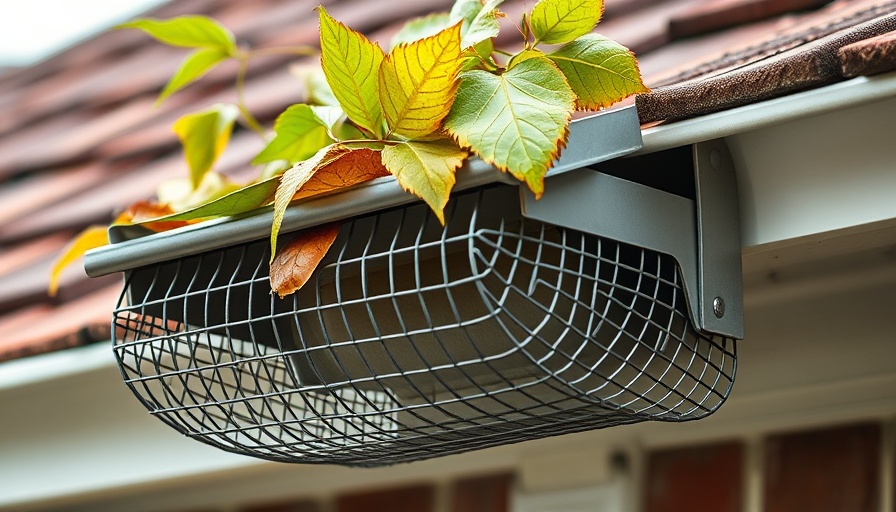
Revisiting HVAC Hygiene: A Vital Healthcare Priority
In the scramble to mitigate the spread of COVID-19, HVAC hygiene took center stage in healthcare settings. The pandemic exposed the significant role that clean air systems play in preventing airborne illnesses. Unfortunately, two years post-pandemic, as society has begun to return to a semblance of normalcy, attention to this critical aspect seems to be waning.
The Pandemic Shift: Why HVAC Maintenance Was Essential
When tasked with combating COVID-19, healthcare facilities quickly realized the importance of maintaining clean HVAC systems. According to expert Jeff Atkinson from The Budd Group, during the height of the pandemic, the CDC emphasized increasing room air changes and filter efficiencies to improve indoor air quality. This shift underscored the need for clean coils and unobstructed HVAC components to maintain optimal air circulation.
Reasons for the Decline in HVAC Maintenance
The initial urgency surrounding HVAC maintenance has diminished significantly since the rollout of vaccines and protective measures, leading many to lower their guard. The introduction of measures such as isolation rooms contributed to a false sense of security regarding indoor air quality. This misperception, coupled with a tight labor market limiting qualified staff for preventive maintenance, has resulted in a return to reactive measures rather than proactive approaches.
Future Implications: What Lies Ahead for HVAC Hygiene?
Despite the current disregard for coil cleaning and HVAC maintenance, the future demands a renewed focus. With the understanding that maintenance equates to better energy efficiency and air quality, healthcare facilities must prioritize clean systems. Atkinson suggests that neglecting maintenance compromises airflow and diminishes the dilution effect of clean air, potentially jeopardizing patient safety.
Building Awareness: The Last Frontier of Healthcare Hygiene
As healthcare professionals advocate for meticulous monitoring across various avenues, the hygiene of HVAC systems remains an overlooked frontier. Unlike other healthcare domains where data signals performance and cleanliness, HVAC systems often fall by the wayside. This oversight not only impacts health outcomes but also energy consumption, leading to inefficiencies that burden operational costs.
Taking Action: Practical Steps for Improved HVAC Hygiene
There are practical steps that healthcare facilities can take today to improve HVAC hygiene. Regular coil cleaning, increased training for staff on maintenance protocols, and scheduling routine inspections are just a few strategies to ensure that air quality remains a priority. As we move forward, integrating this awareness into the broader scope of healthcare hygiene practices is crucial.
In conclusion, the lessons from the pandemic should drive healthcare facilities to recognize HVAC maintenance as not just an operational task but a necessity for health. As we embrace these insights, we must remember that ensuring a clean and efficient HVAC system can significantly enhance indoor air quality, laying the foundation for better health outcomes.
 Add Row
Add Row  Add
Add 






Write A Comment